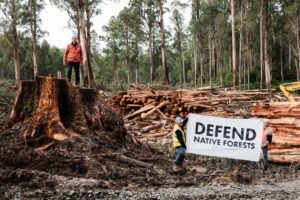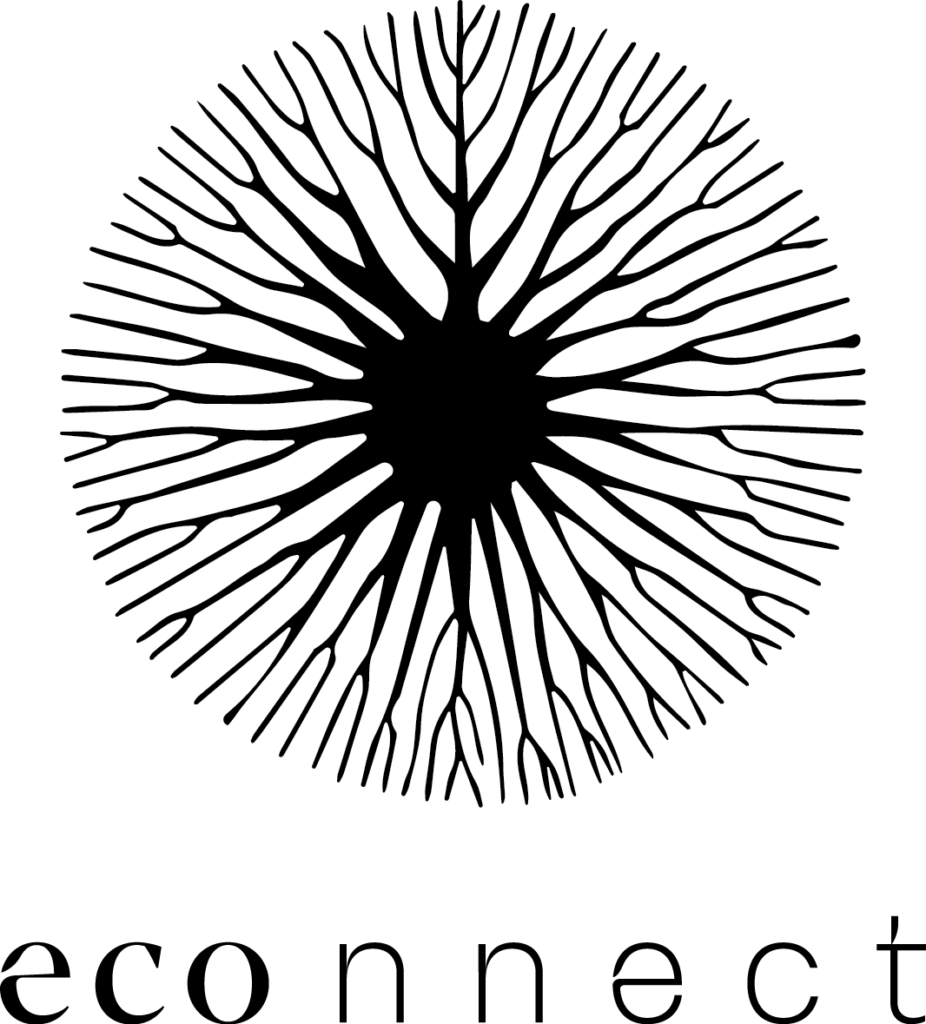My interest in learning and collaborating with indigenous communities in Mexico came from personal experiences as a migrant woman of indigenous heritage.
I am a third-generation Oaxaqueña living in the United States with ties to Mexico City, Mazatlán, Tijuana and most recently, Tepic. My family from both paternal and maternal sides come from a long history of circular migration, moving from one place to another and returning to the original homelands. On my paternal side of the family, my grandfather is from San Juan Sayultepec, a pueblo in Nochixtlán District in the southeast of the Mixteca region of Mexico. On my maternal side, my grandmother, as a young teenage girl, came from the Valle of Oaxaca to work in the field of Mochis, Sinaloa. Due to traumatic and painful disconnection, my mother never met my grandmother and my maternal lineage is still in the process of healing, but through my academic studies and research in anthropology, I have been able to study in Mexico to connect with local communities and indirectly connect with my cultural heritage.
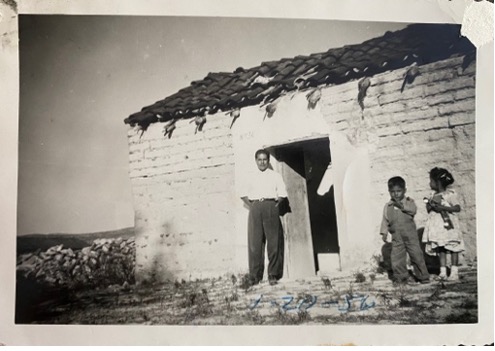
In 2011, I was invited to participate in a gathering with native communities in Tequepexpán, Nayarit. In this gathering, I met Wixárika women and I was invited to visit their community of Las Piedras in Compostela, which led me to visit the Wixárika community of Taimarita and later Y+rata, on the outskirts of Tepic in Nayarit. Every year, I returned to the community to learn with other mothers and their children. By then, my daughter Ixchel was born, and I brought her with me for every field trip. I was a student of Culture and Performance at the Department of World Arts and Culture/Dance at UCLA, working in their PhD program. Through my research I shared most of my time with other mothers, young Wixárika and caregivers in the family. In many of my interactions with the community, I was taught how to be a “good mother” by very young Wixárika girls, which initially felt uncomfortable, I didn’t believe I could learn from younger, inexperienced girls about motherhood, but I was wrong as the best lessons about Wixárika motherhood came from young girls. It was my very first ethnographic lesson: to learn and not impose my ideas. With time, I made kinship ties with the Y+rata community and began to learn about the Wixárika connection with the so-called natural world. It was then that my research evolved to a multi-species approach as I learned from more-than-humans in a meaningful, reciprocal and sustainable way.
Academically, I am in training to be a so-called expert on Corn, but personally I am a devotee of the teachings of Tatéi Niwetsika, Our Mother Corn. I cultivate native seeds from Northern Mexico in multiple ecosystems (Great Lake Region and El Gran Nayar) to enter kinship relationships with Tatéi Niwetsika. I follow strict principles and protocols of coexistence guided by ancestors and Elders to maintain and sustain a relationship with Corn outside of colonial logic.
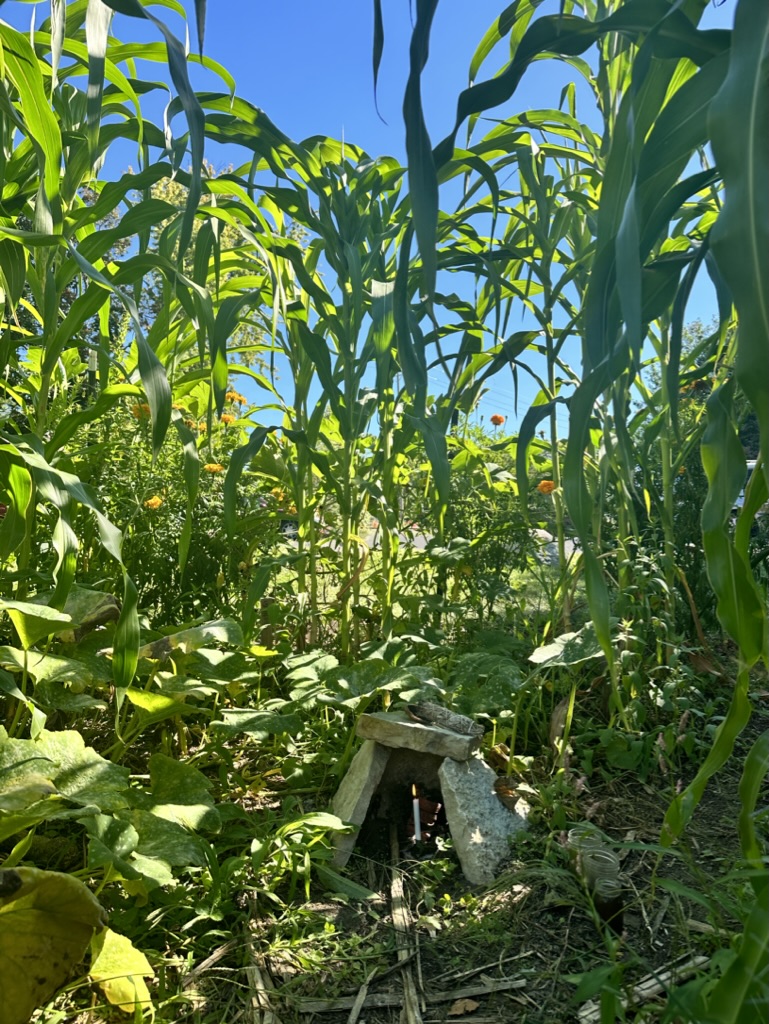
Many people ask me about this other logic and to put it in simple terms. In many indigenous communities in the Americas, the environment is an extension of kin, land is our relative. Once we understand this and position ourselves as human beings in the same plane as land, we can understand our place in a complex network of relationships.
In many indigenous communities, plants are also viewed as relatives. The Wixárika’s way of knowing Tatéi Niwetsika as a plant person, offers community members a framework to understand human and more-than-human relationships. In Mexico, settler colonialism and its effects disrupted how indigenous communities relate to plants. For Wixárika families in urban spaces, maintaining ties to their homelands have relied on language to sustain relationships with the land. Language has been a way for communities to maintain ties to their indigenous identity.
For humans, language is a code for exchanging information based on a system. While we have a very clear understanding of human communication, inter-species communication is not easily understood. In our society, inter-species communication is often limited to what humans perceive as communication through the use of phonetics, yet plants communicate in several ways using a language that can be understood if we pay attention.
A plant sees light through phototropism, which refers to the growth of a plant towards light and how a plant responds to light. A plant can emit odours and sense the odours of other plants. As Daniel Chamovitz discusses, a plant uses a “nose-less process” to perceive odour or scent through stimuli. For instance, the molecule ethylene found in Chinese incense induces ripening in lemons. Plant communication exemplifies the type of information they are capable of transmitting using their intelligence and their actions within an environment, like how mushrooms communicate with the root system of a tree through complex networks; or how flowers and the colours of leaves communicate different maturity stages of a plant; or how a plant may release a scent during an inter-species encounter; or a plants’ movement towards the sun offers a story of how it responded to its local environment.
Our Mother Corn for example, grows vertically to maximise its absorption of light during the day. Their stalks require wind to form strong stalks, to reach greater heights. These behaviours are crucial in ensuring its survival. Our Mother Corn also communicates with humans by transferring energy through consumption. Eating the nutrients of Corn, like all vegetables and foods, is a process of ingesting the properties of a plant, which is another way to communicate with them.
In the Wixárika community of Y+rata — which means “a place to grow greener” — communicating with plants is both a practice and cultural process. The women continue the labour of husking, selecting the best Corn seeds while also planning the next trip to the Yeturita (the field for cultivation). In Wixárika ways of knowing, Tatéi Niwetsika is central to the life of families. According to the ethnohistory of the Wixárika people, Tatéi Niwetsika gifted daughters to the Watakame (the first farmer) to begin planting. Yuawima (blue corn) became a human person to live with Watakame, beginning Wixárika genealogy. Throughout their life, Wixárika families exchange offerings and devote their labour to maintain right relationship with Tatéi Niwetsika. Teukarita ceremonies (naming ceremonies) — which usually occur in Autumn during the harvesting of Corn — when newborns receive names connecting them to their ancestors. According to Saul Santos García and Tutupika Carrillo de la Cruz, professors at the Universidad Autónoma de Nayarit, Teukari — grandparents with dream interpretation abilities — name the newborn after an interaction with an Elder Ancestor in a dream.
When Wixárika speakers utter personal names related to Corn, they act and impact the lives of people by embodying the properties of the plant. Mamachali, the name giver in Y+rata family, dreams of personal names related to Corn and assigns names to express how she wishes her grandchildren to grow in relation to the plant. In Wixárika language, some children’s names are indices of the life of Corn: Y+ra or Y+rama, to grow greener; colours of Corn Yuawima (blue corn), Tuxame (white corn); and roles of people in the cultivation Watakame (male farmer or first farmer) and Etsima (female farmer). By uttering personal names related to Corn, members of the community reconnect to the plant and remember their responsibilities as part of the family.
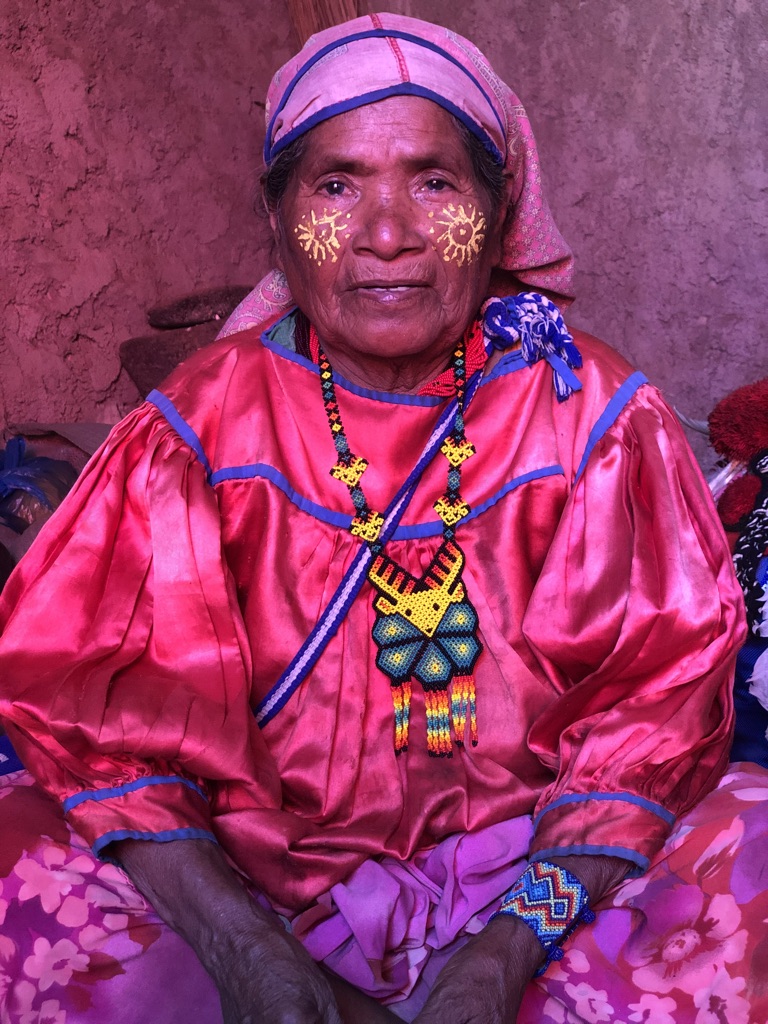
Ceremonial language is a particular form of communication that connects with ancestors. Though not completely understood by many members of the community, the chants performed in ceremonial spaces evoke the presence of the ancestors. Corn names and vocabulary are generally indexical of the associations with Tatéi Niwetsika . When children receive their name, it becomes an active reminder of the importance of offerings in devotion to Tatéi Niwetsika in exchange for health. Names also act mnemonically, reminding individuals of their responsibilities to their ancestors, as well as ontological connections with Kaka+yarite and Kaka+ma (elder ancestors).
Throughout my research I maintained a “Corn Diary” where I noted my observations of how Our Mother Corn communicates, like the sound of the stalks when the wind moves them and makes a tura, turaaa sound. My process of observing and learning from the Corn connected with how knowledge of the plant developed within Wixárika culture, as Corn interacted with natural forces providing behavioural cues of her being. In dreams, these behaviours are also important. Mamachali confirmed this with me when she elaborated on how the plant communicates in her dreams to indicate a name. The name is recognised through interaction with the elements, like how it interacts with rain when the thunder strikes the land and makes a tura, turaaa sound.
Through my observations, and through conversations with the community, I learned the language of plants by analysing how Corn behaves and interacts in the field. I documented in my Corn Diary how Our Mother Corn communicates through the colour of the leaves, the size of her body, and how the vertical structure of the plants provides support for other crops, such as beans, to grow in co-existence. Wixárika families create in the coamil (a field) a space for multi-species interaction, from edible and medicinal plants to predators. Some families cultivate beans, squash, chillies, tomatoes and herbs. Wild medicinal plants grow around Corn, such as Dandelion, Epazote, Malva and Chiclacayote. Additionally, the coamil serves as an ecosystem for many other species such as worms, fungus (huitlacoche), ants and pollinators.
I also noted in my Diary the acoustics of Our Mother Corn when her leaves (known as ear shoots) moved with the wind. In this moment, Our Mother Corn communicated that she grew tall and green. Our Mother also communicated when the roots of the stalk grew under the ground and expanded, like K+iwima (roots of squash), with the bean roots growing alongside it. Another note was how Our Mother Corn communicates through the different stages of reproduction when the stalk grew a spike, Zit+ama or Xitakame, indicating she was ready for reproduction and Corn cobs would soon arrive. We prepared to protect the Ikú (Corn cobs) while other families prepared for the necessary ceremonies. Later, when the silks began to form, the plant communicated the colour of Maize.

Tatéi Niwetsika teaches the Wixárika principles of coexistence and reciprocal relationships between people and plants. Wixárika people involved in cultivation practices and cultivation ceremonies become cognizant of Our Mother Corn through a plant’s life. From cultivation to harvesting, the levels of interaction between people and plants increase, as well as the levels of intimacy between the two species. In the science of Our Mother Corn, Wixárika families gather the knowledge and the wisdom to continue practices that become vital to Wixárika identity and health. Our Mother Corn becomes a relative to maintain Wixárika humanness. During the cycle of Corn, people maintain close ties and dietary restrictions from the time of cultivation to harvest. In the harvesting ceremony, families devote the entire celebration to Tatéi Newetsika. Through chants, storytelling and dances, members of the family maintain inter-species relations with Corn. Later, families use the offerings presented in the ceremony and take them to key geographical locations across Mexico. In this exchange, families make kinship, learn from inter-species interactions and strengthen relationships with their ancestors.
The knowledge I am sharing through this article was possible due to the collaboration and the labour of many humans and more-than-human species. This work is possible because of the trust and the continuous community engagement through my years of fieldwork in Tepic.
I teach in the Critical Ethnic Studies department at Kalamazoo College and my commitment to my students is to challenge their way of thinking. I do this work not just in my department but within the wider academic institution. Two years ago, my “Plant Communication and Kinship” course adopted a laboratory model to teach theory in praxis. This was an effort to learn how to approach plants in an ethical and responsible way. I teach about different indigenous communities and their understanding of the natural world both practically and experientially. We follow principles and protocols that we as a class come to as a consensus, as well as other principles that Elders come and teach us. Part of my work is to continue collaborating with the Wixárika community and we invite individuals from Y+rata to participate in our community garden and to share teachings at Kalamazoo. Personally, this lab has become more than just a place to collaborate with the students and visitors, it is a space to reconnect with land and the teachings of ancestors.

I teach about how plants listen when we speak to them and how they speak in a language that we humans can understand. From our human-centric perspective, plants communicate in simplistic ways to function and serve specific purposes in their local ecosystems. However, plants also communicate in a poetic way to captivate our attention. Humans have been socially constructed to think rationally, in objective and scientific terms making it difficult to show how other species communicate through complex relationships. For many, the divide between society and science has made it almost impossible to comprehend other systems of communication. However, for non-western communities, this cognitive orientation to conceive the more-than-human world is a common practice, even for those families in the diaspora living with the influence of Western political, economic and cultural forces.
The anti-colonial genealogies of Our Mother Corn within the Wixárika serve as a poetic model to envision the relationship between humans and plants. This relationship is consensual, reciprocal and manifested through the embodied practices of community members who live in constant interaction with the natural world, without the scientific divide or hierarchical approach of academic studies.
Cyndy Margarita García-Weyandt is a mother, a poeta, an immigrant, and an assistant professor in the Department of Critical Ethnic Studies at Kalamazoo College. She is also the coordinator and co-founder of Proyecto Taniuki in Zitakua, Mexico.







